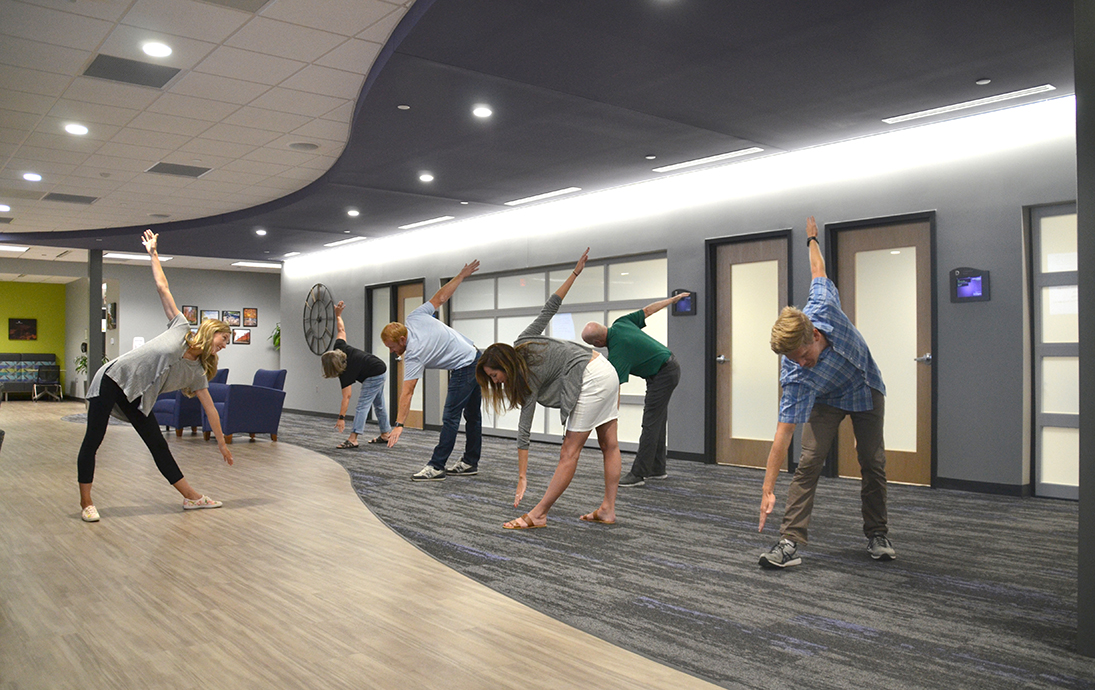
Many teams we're training and coaching in 2022 are seeing colleagues transition out of the organization for other opportunities and moving projects forward with fewer co-workers to help carry the load. We also serve many team members being asked to do more with less resources. This creates a necessary reckoning about what their priorities should be.
I'm happy to share an exercise that can lower stress and help employers and employees align about task completion. It allows some alone time (taking stock of what's on your plate) and some meeting time (to confirm that you and your boss or employee are on the same page). Most notably, it can alleviate feelings of burnout. There are two hurdles to overcome to make this prioritization exercise work: pausing, despite your busy-ness, to inventory your responsbilities and initiate forthright communication about expectations, easier for some of us than others. Employers: you can assign this activity. Employees: you can request your boss' time to review your task inventory, and it will likely be well worth it to both of you.
An Exercise in Prioritization
Chronic stress can lead to exhaustion, cynicism, and detachment from our work. It's no way to live. We all deserve better than to feel wound up or like we're failing. We often get ourselves into these uncomfortable feelings, and we can get ourselves out with some reflection and planning.
Take a few deep breaths (really deep - a brain and stress reset!) Try counting to four on the in-breath, seven on the out-breath for a couple minutes to clear your mind. Then date the top of one blank page.
List all your to-do's, projects, and tasks. Here is an up-to-date view of competing demands on your time. Assess and label each item as A, B or C priority. A = critical, B = important, C = helpful but not pressing. It's the B and C tasks that must be delegated, delayed, or declined.
The next step is to schedule some face time with your supervisor to invite their opinion of your prioritization. Be open to revising your priorities, and speak up if you detect unattainable expectations. Explain that you want to do your best work on the key tasks, which may mean reassigning a few "A's" to "B" or "C" status. Many clients find value in adding deadlines to tasks during this discussion, and say they benefit from choosing a date for a follow-up before this meeting ends.
Congratulations! You’ve eliminated some worry about what to be working on first and next. Tackle A’s first, your critical tasks. Your brain achieves better focus when you’re not second-guessing use of time. You’ll be interrupted of course, but prioritization brings peace of mind as you work your way back to your main priorities.
Taking Care of Yourself
Of course, this exercise doesn't mean stress evaporates. You may still have an overly full plate.
You're only one person, and as someone said to me recently, "The work never ends." The truth is that perfection is an unattainable goal and a path to burnout. So, investigate: where can you be kinder to yourself (and others)? What was your last act of self-care? For what are you grateful? What gifts and opportunities surround you at this moment? How often do you notice them?
Hundreds of executive coaching clients in the past few years have created a self-care menu as part of the goal plan they receive after a session. You can author one, too, and make room for more joy in your days. Again, on one page, you document: list things that recharge your body, mind, or soul. Some ideas require just a few minutes, others require an hour to a full day. Some entries will be solo pursuits, others involve social time. Gift yourself one small joy each day. Baby steps count. If you'd like to receive a journal useful for this menu, email me at Michelle@GladieuxConsulting.com, and we'll get one to you.
Examples to Get You Started
Here are a few coping suggestions we've seen folks employ successfully when it all seems too much: Rest. Hydrate. Ask for help. Choose reasonable standards. Give love to a living thing. Find humor. Schedule future fun. Enjoy the arts. Question negative self-talk. Try a smartphone app for guided relaxation. Journal. Read. Cook. Color. Stretch. Tinker. Create. Paint. Enjoy some music. Forgive. Learn. Streamline and simplify. Show appreciation. See more of the people who lift you up, less of those who bring you down. Remember that this, too, shall pass, and act immediately on small steps to beat burnout. This, coupled with open communication to align expectations with your #1 internal customer, your boss, can smooth the road ahead.
Sign up for free, quarterly professional development articles and resources at www.gladieuxconsulting.com.



